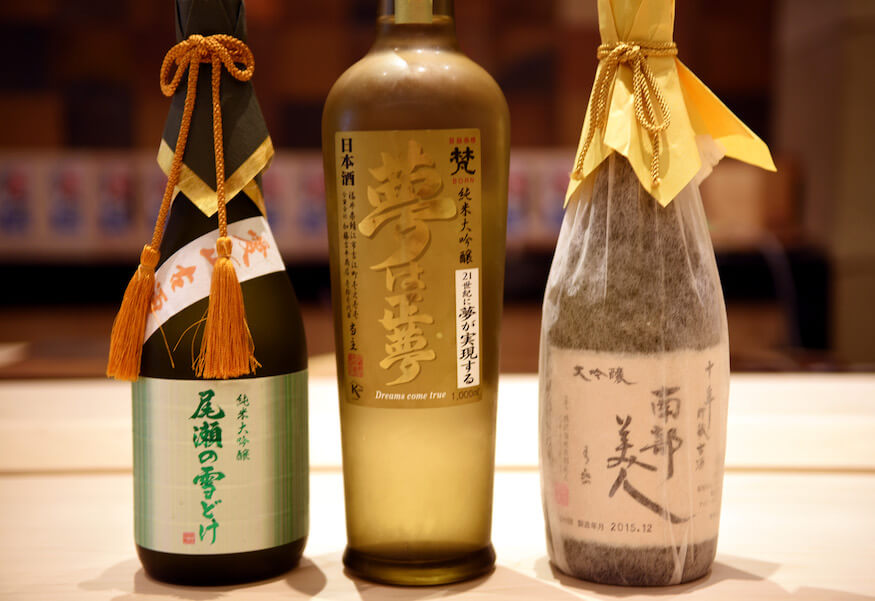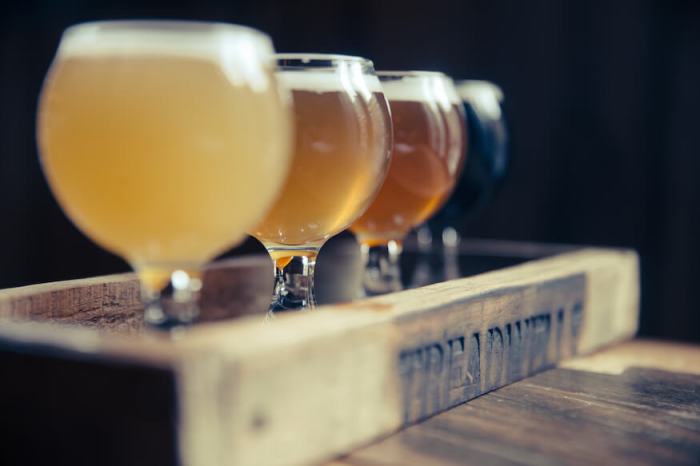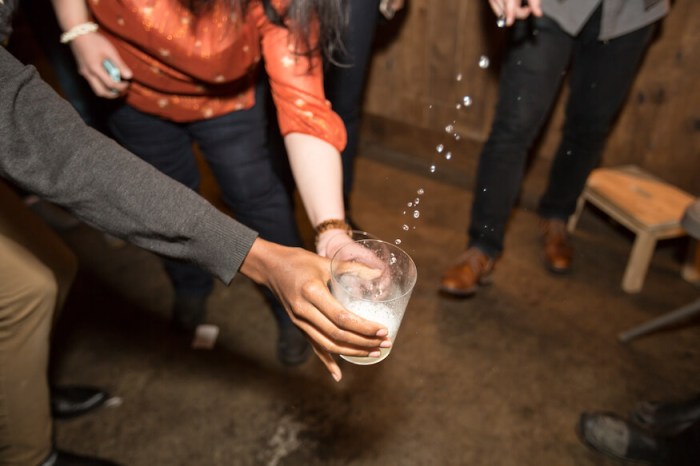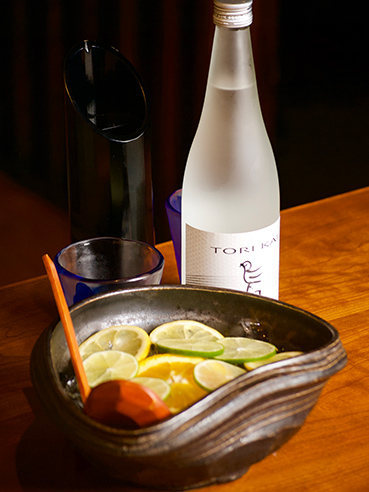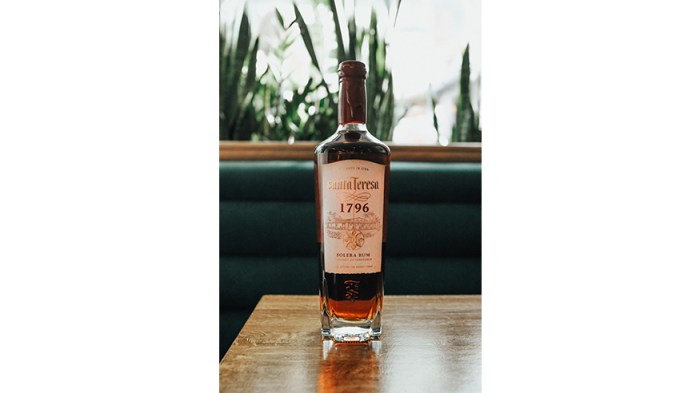It was a warm afternoon when I entered through the doors of the very chic, Michelin-starred Sushi Ginza Onodera. The modern and woodsy vibe made me feel 100 percent zen. I was there to meet with Yuki Minakawa, the beverage & service director and sake expert, to chat about all thing’s sake. Sake is Japanese spirit that pretty much everyone has heard of, but I’ve found that most folks know very little about it. So, I figured that it is time to shed light on the elusive world of sake.
Minakawa and I sat down to talk about the basics. Before I go into more detail about the drink, let’s talk about the history of the drink. Sake was a drink created in a religious capacity, and it was initially made in temples and shrines. Although sake started in religion, it quickly spread elsewhere. According to the National Research Institute of Brewing, sake breweries started to appear as early as 1333.
The number one thing Minakawa wants people to understand about the drink is that “Sake is brewed like a beer and fermented like a wine.” The drink is made from steamed rice, koji rice, water, and yeast. The beverage can take anywhere from two weeks to a month to be brewed. One of the main things to note about sake is that 80 percent of it is water, so the water itself is super important. Sake can also be made with different varieties of rice.
When it comes to sake just like any other type of booze, it can be broken down into different classifications. The classifications have to do with how polished the rice is; the polishing process is an essential step in the creation of the drink. The most common classifications of sake are as follows: junmai daiginjo, daiginjo, junmai ginjo, ginjo, honjozo, junmai, and futsushu.
Americans prefer something called a cloudy sake which has rice mash at the bottom, which makes it thicker. It also makes it look a little hazy.
When it comes to actually tasting the sake, the flavors vary based on the location it came from. If you’re new to sake, Minakawa suggests trying a clean Niigata sake which is from a snow-capped region of Japan or something from the junmai ginjo classification. When I tasted it, I found the flavor very refreshing, but every time, you take a sip, it tastes different, which is honestly a mind-blowing experience. Minakawa told me that a friend of hers always says, “Sake doesn’t go bad; it just changes.”
To get the full flavor profile of a sake, Minakawa suggests serving it neat, slightly above room temperature. However, Minakawa told me that you can have the drink hot or cold, depending on your personal preferences. She encourages you to “drink; however, you like!”
I always find food and drink pairing super exciting, because you never know what goes well with what. If you’re looking to pair sake with something outside of Japanese cooking, Minakawa suggests pairing it with pizza, and some varieties go exceptionally well with a burger.
With that being said if you do want to pair sake with Japanese food, Sushi Ginza Onodera is an excellent option for you to check out. Their sake menu has close to 100 options for you to choose from. Although the list can be a little intimating, you can always ask your server for recommendations. If you would rather have a cocktail with sake, that’s an option as well.
To visit, Sushi Ginza Onodera is located at 461 5th Avenue. To book your reservation go to sushiginzaonoderanewyork.com.

